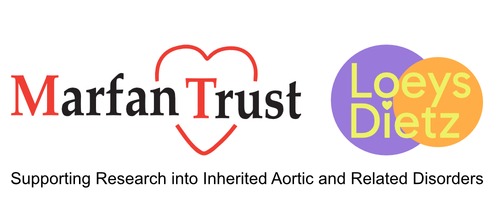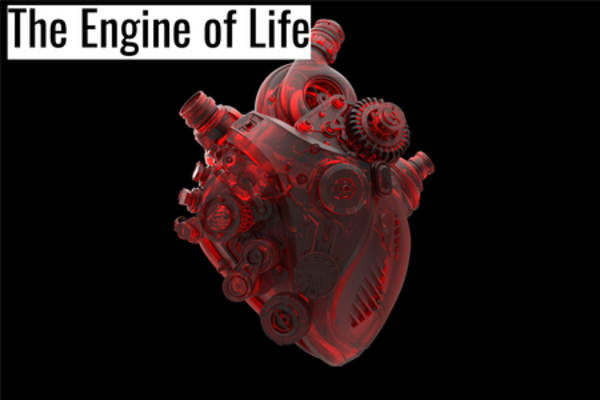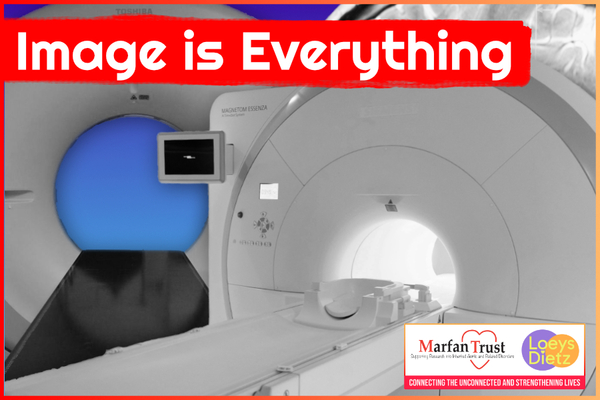Marfan syndrome can affect different parts of the body to varying degrees. Not all patients will display all medical problems. Generally for a clinical diagnosis of Marfan syndrome to be made, a patient will show major involvement in at least two out of three major systems (eyes, heart, skeleton).
Heart
The most serious life-threatening problems associated with Marfan syndrome involve the cardiovascular system. The two leaflets of the mitral valve may billow backwards when the heart contracts, a condition called “mitral valve prolapse”. This feature may lead to heart failure or be associated with irregularities of the heart rhythm.
The aorta (the main artery carrying blood away from the heart) is generally wider and more fragile in people with Marfan syndrome. This widening is progressive and may result in leakage of the aortic valve or in the development of a split (dissection) in the wall of the aorta. When the aorta becomes widened, medications (e.g. beta blockers, to lower blood pressure) may be prescribed, thereby reducing strain on the aorta and regulating heart rhythm. This may be followed by surgical repair preferably when the aortic root widens to 5cms diameter, and before it becomes torn.
Patients with Marfan syndrome are recognised to have a slightly increased morbidity and mortality risk associated with general anaesthesia. Preoperative assessment should include a thorough medical examination with a chest x-ray, electrocardiogram and echocardiogram. Any treatment must be carried out in conjunction with the patient’s cardiologist.
Antibiotics may be prescribed prior to dental, genito-urinary or other minor surgical procedures, to reduce the risk of infection (endocarditis) in people who experience mitral valve prolapse, aortic valve leakage, or who have had heart surgery. Beta blockers have been shown to slow the dilatation of the aortic root and their use should be considered in all patients.
Lifestyle adaptations, such as the avoidance of strenuous exercise and contact sports are often necessary to reduce the risk of injury to the aorta as well as to the eyes and skeleton. See our Exercise guide for more information. Regular echocardiograms are also important to monitor the size and function of the heart and aorta.
Also see What is Aortopathy article.
Skeleton
Musculo-skeletal problems are common and troublesome in Marfan syndrome. Indeed, recognition by a rheumatologist could be the first vital step towards diagnosis of the underlying condition. Involvement of the skeleton includes curvature of the spine (scoliosis/kyphosis/lordosis), abnormally shaped chest (“pectus” deformity), tall stature and loose jointedness (often causing joint pain and dislocation).
Physiotherapy, pain clinics and bracing may be helpful. In certain instances, surgery is indicated. Careful monitoring is needed, especially during childhood and adolescence. Arch supports (orthotics) and ankle support shoes may be advised for children and teenagers. For more information, see our Musculoskeletal Problems in Marfan syndrome guide.
Eyes
People with Marfan syndrome are generally near-sighted (myopic). In addition, some have dislocation of the ocular lens and retinal detachment. Glasses and/or contact lenses may be prescribed to correct visual defects. Surgery is now available, if required, for removal and replacement of lens(es) and reattachment of retinas.
Lungs
Spontaneous pneumothorax (collapse of the lungs) is thought to occur in approximately 10% of patients and requires hospital treatment. Sports involving sudden changes of pressure (parachute jumps, scuba diving) are not recommended.
20% of patients have asthma, and emphysema and bronchiectasis are more common, so patients should definitely not smoke, as this destroys elastic tissue in the lungs. For more information, see our Exercise Guide.
Psychological Factors
The medical aspects of Marfan syndrome can have a negative effect on patient self-confidence and mental health, especially children and adolescents. For more information, see our Psychosocial Aspects of Marfan Syndrome guide.
For Further Information
- Visit our Resources page
- Download our information leaflets. To order any hard copies of these leaflets, email [email protected]
- See our short Marfan Encyclopedia of Terms









